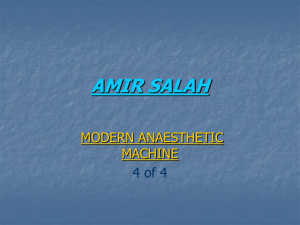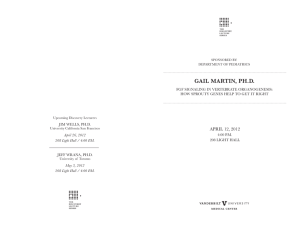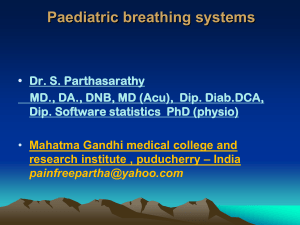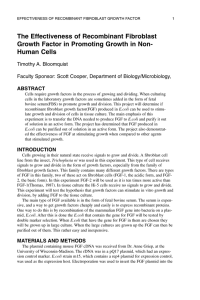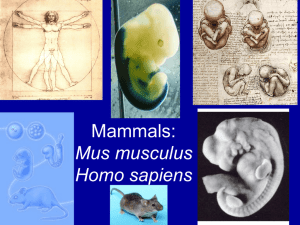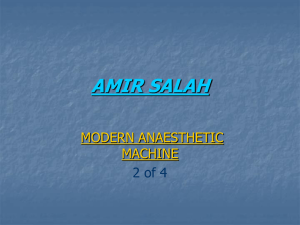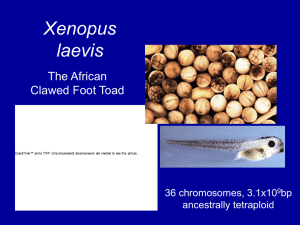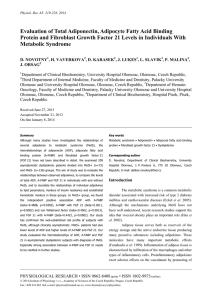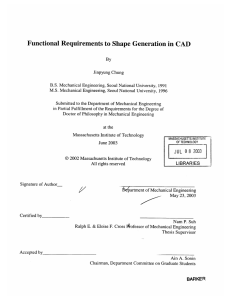BREATHING CIRCUITS
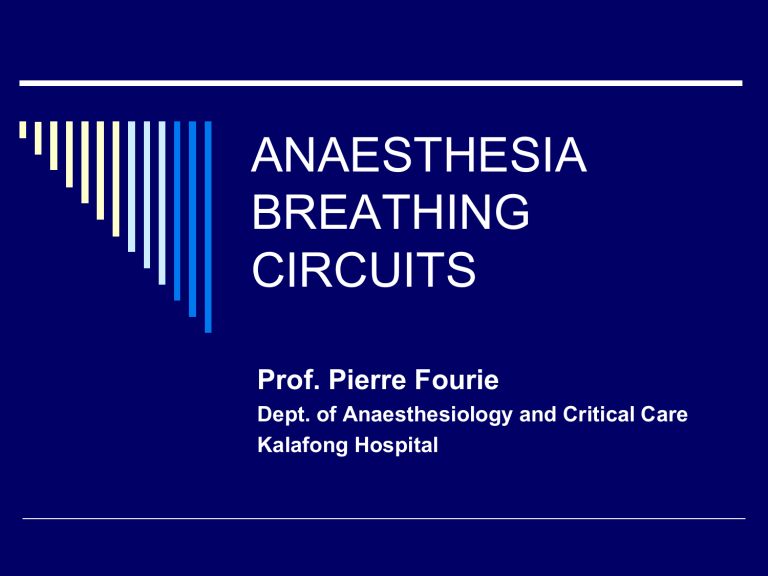
ANAESTHESIA
BREATHING
CIRCUITS
Prof. Pierre Fourie
Dept. of Anaesthesiology and Critical Care
Kalafong Hospital
Definition and functions
Interface between anaesthesia machine and patient airway
Conduit whereby fresh gas (oxygen, nitrous oxide or air, inhalation agent) is delivered to patient and carbon dioxide eliminated
2
Respiratory physiology
The function of breathing is to supply oxygen to the lungs (alveoli) for the blood to transport to the tissues and to remove carbon dioxide from the body.
The volume of gas inspired and expired with each breath is the tidal volume (normally 6-10 ml/kg). Over 1 min is minute volume. (V t x f)
The total volume of alveolar gas expired in a minute is the alveolar minute volume and contains about 5% of carbon dioxide
The volume of gas in the lungs at the end of normal expiration is the Functional Residual
Capacity (FRC) - for uptake of oxygen.
3
Dead space
Gas exchange occurs only at the level of the respiratory bronchiole and alveoli
Dead space is area of lung that does not participate in gas exchange
Anatomical dead space is respiratory passage down to respiratory bronchiole
Alveolar dead space is alveoli which are ventilated but not perfused
Physiological dead space is the total of anatomical and alveolar dead space
4
Circuit functionality
Circuit dead space is the volume gas from patient interface to the exhalation valve
Circuit should not unduly increase dead space or work of breathing
Carbon dioxide in circuit is mainly eliminated by high fresh gas flow in rebreathing circuits
In the non-rebreathing circle circuit by the CO
2 absorber
5
Breathing circuit: components
Fresh gas flow (FGF) inlet
Reservoir bag (2 liter)
Corrugated tubing – 1 meter
One-way pressure relief valve (Heidbrink) (APL valve)
Elbow or straight connector to face mask or ET tube
Breathing filter (passive humidification, bacterial and viral filter)
Clinical Anesthesiology - Morgan GE et al, 3 rd Edition
6
Mapleson classification of rebreating circuits
A = Magill system
D = Bain system
F = Jackson Rees
ADE = Humphrey system
7
Magill system
Spontaneous breathing
Re-breathing prevented by FGF = alveolar minute volume or 70 ml/kg
Reservoir bag allows for peak Inspiratory flow (30 l/min)
8
Bain system
Controlled ventilation
FGF at patient end
Re-breathing prevented by FGF of
100 ml/kg during controlled ventilation
Spontaneous ventilation ineffective
– FGF 2.5 x minute volume
9
Jackson Rees system
Modification of Ayer’s Tpiece
Added open-ended bag
Valveless circuit
Low resistance
Paediatric anaesthesia < 20
Kg
Allows spontaneous and controlled ventilation
FGF 2.5 x minute volume
10
Circle system
(Non-rebreathing circuit)
Differs from Mapleson circuits because of
Unidirectional valves
CO
2
Absorber
Allows re-breathing
Components
FGF inlet
Reservoir bag
Unidirectional valves in inspiratory and expiratory limbs
Sodalime Absorber
APL valve
11
Circle system
12
Advantages of Circle system
Very economical at low FG flows
Decreased theatre pollution
Conservation of heat and humidity
Buffering of changes in inspired concentration
Less danger of barotrauma
Estimation of agent uptake and oxygen consumption
13
Disadvantages of Circle
More bulky, more complex with more connections
Increased resistance
Possibility of hypercarbia
Accumulation of undesired gases in the circuit
(if low flow < 1 l/min FGF is employed)
Carbon monoxide, acetone, methane, hydrogen, ethanol, anesthetic agent metabolites, argon, nitrogen
Inability to quickly alter inspired concentrations with low FGF
14
CO
2
elimination
CO
2 absorber contains Sodalime granules
Mixture of 94% calcium hydroxide, 5% sodium hydroxide and 1% potassium hydroxide, which reacts with CO
2 water and heat.
to form calcium carbonate,
Can absorb 23 liters of CO
2 absorbent per 100 gm
Contains dye which changes colour as pH changes – indicates exhaustion of absorbent and when 75% of the soda lime has changed colour it should be replaced
15
Key points
Vaporizer always out of circle
At start of anaesthesia nitrogen must be washed out – use 4 l/min FGF for 5 min.
Then change to low flow – 1 l/min FGF or less.
Use low flow ONLY with gas analyzer which continuously display O
2
, N
2
O and inhalation concentration
If FGF is < 1 l/min maintain FiO
2
≥ 50%
Without gas analyzer maintain FGF > 1.5 l/min
16
VOC / VIC
17
Bibliography
Anaesthesiology – Study Guideline
Clinical Anesthesiology
– Morgan GE, Mikhail MS, Murray MJ and Larson CP – 3 rd Edition
18
